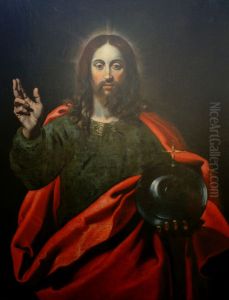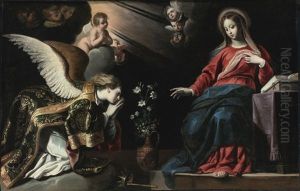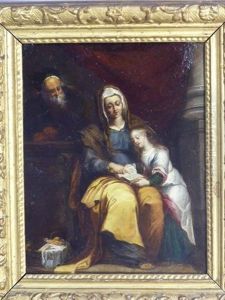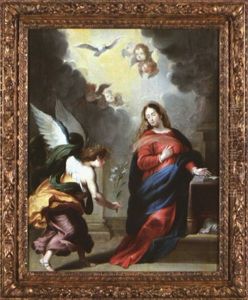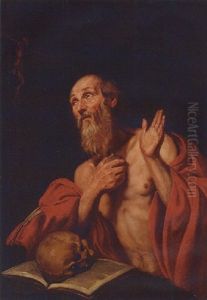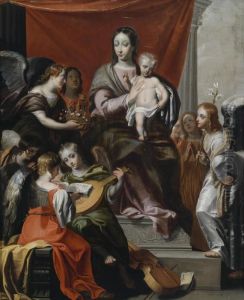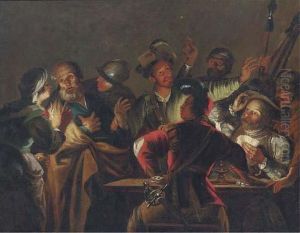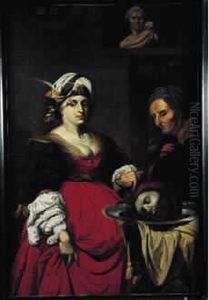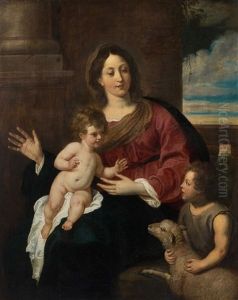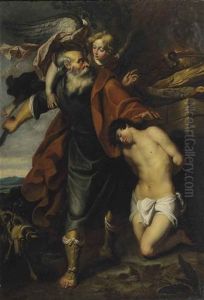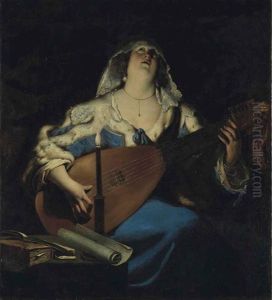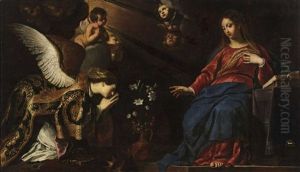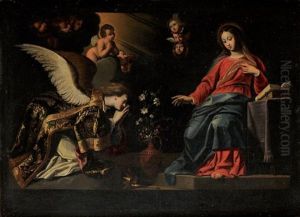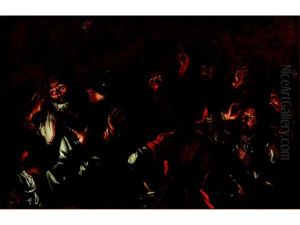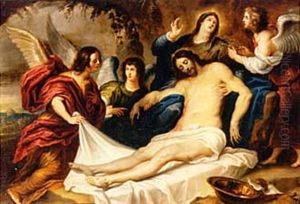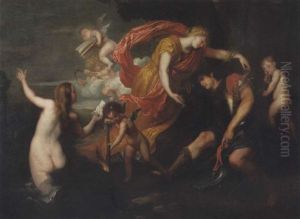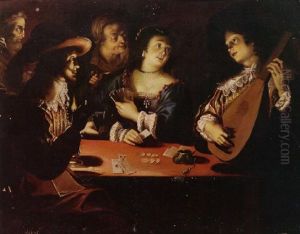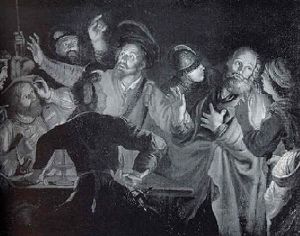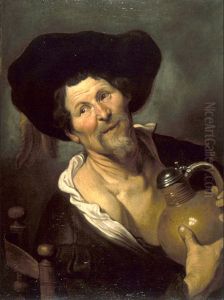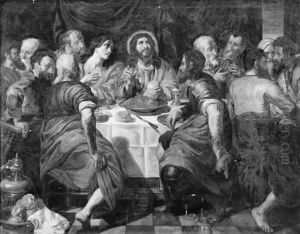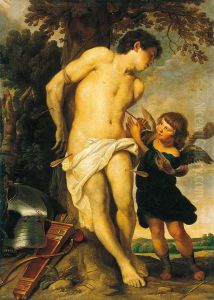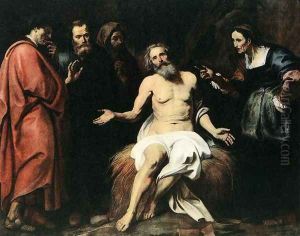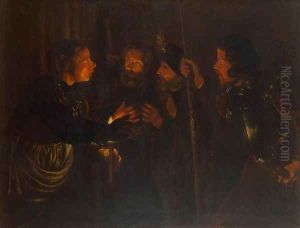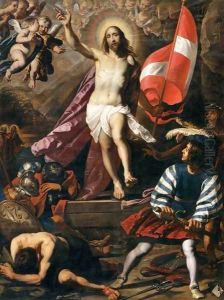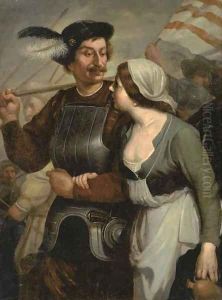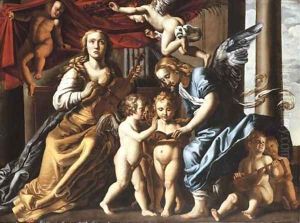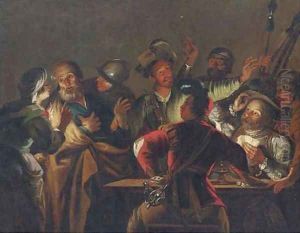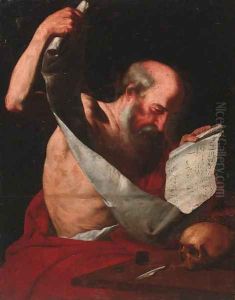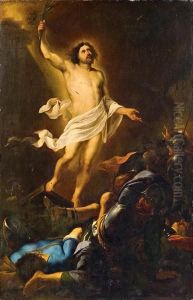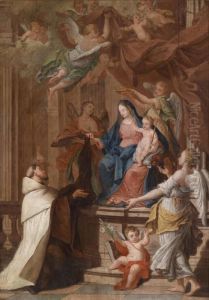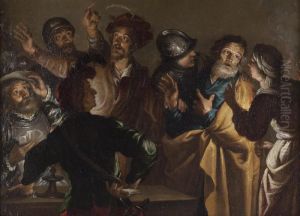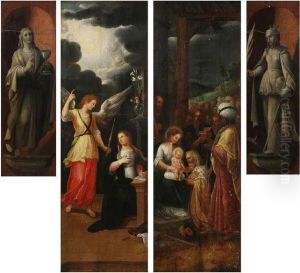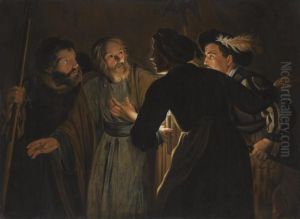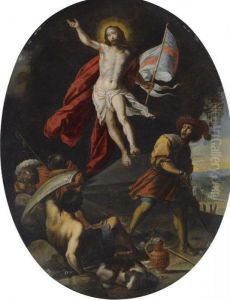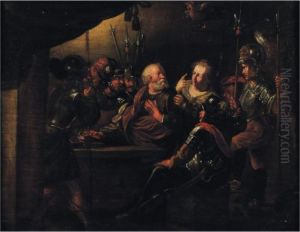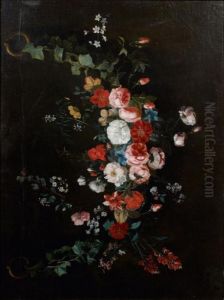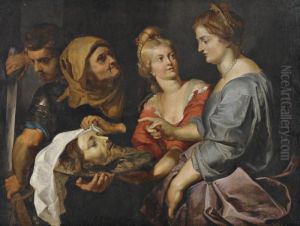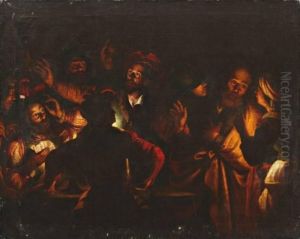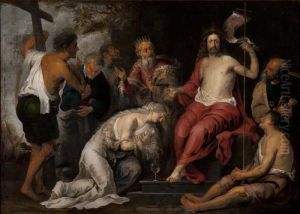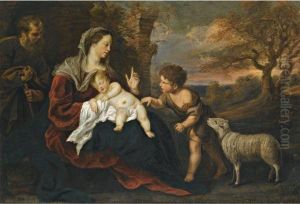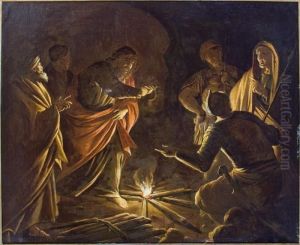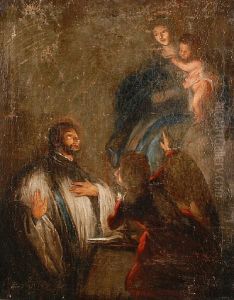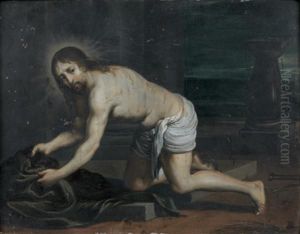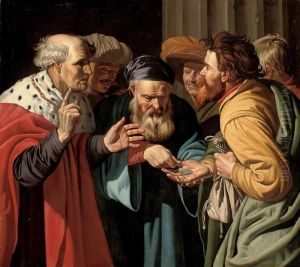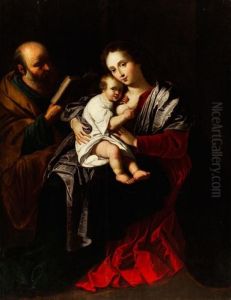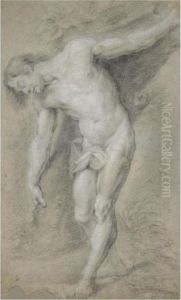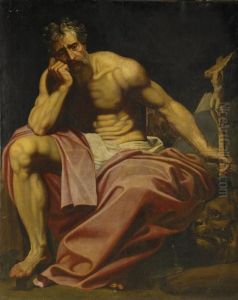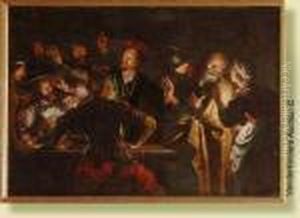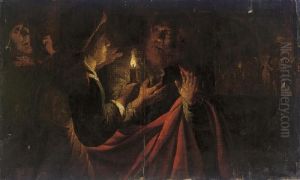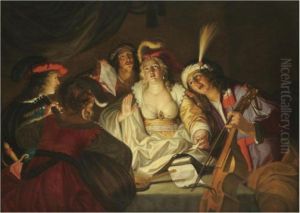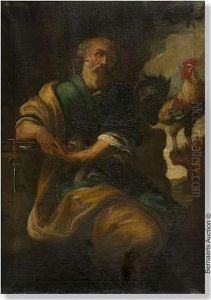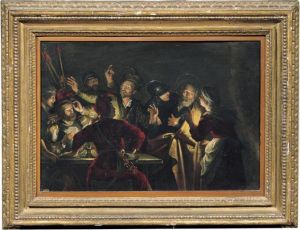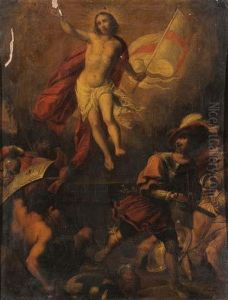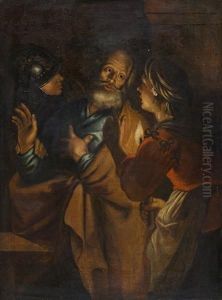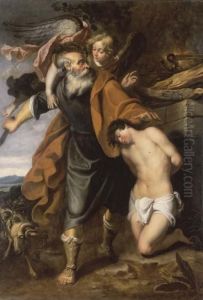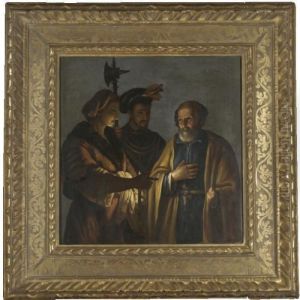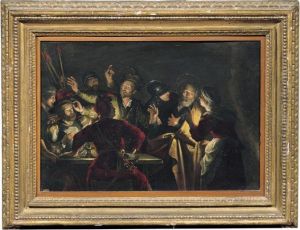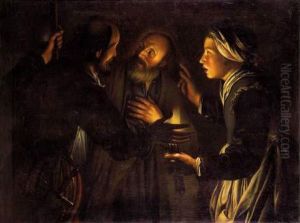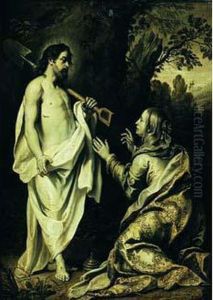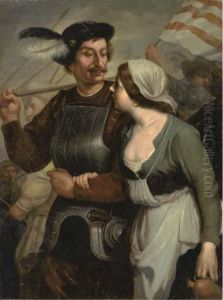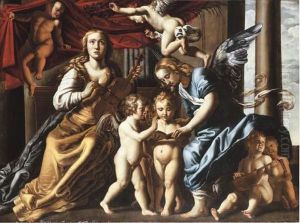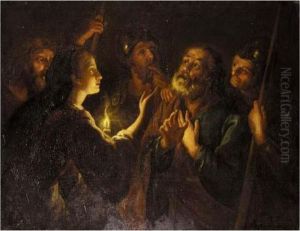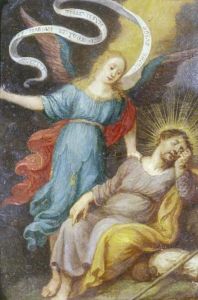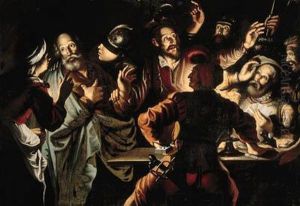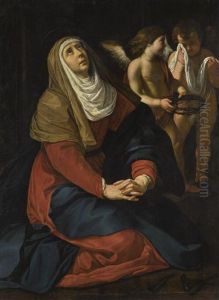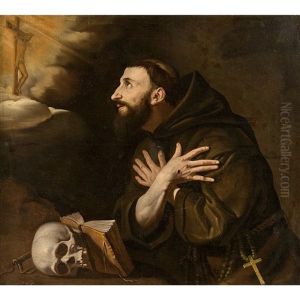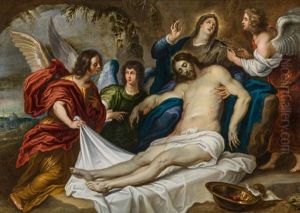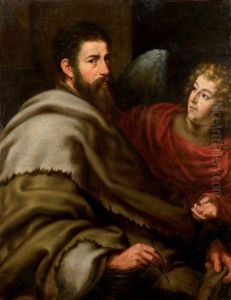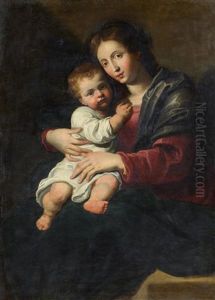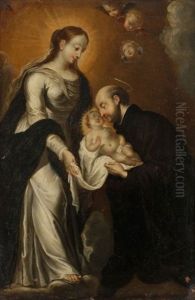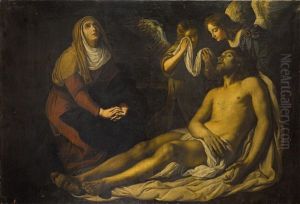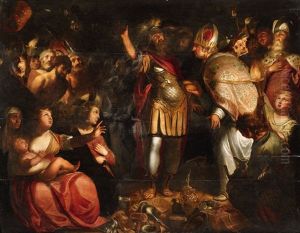Gerard Seghers Paintings
Gerard Seghers was a Flemish painter, art collector and art dealer who was one of the principal representatives of the dramatic Baroque style in Flanders in the first half of the 17th century. He was born in Antwerp, the capital of the Antwerp province in the Spanish Netherlands, which is present-day Belgium. His date of birth is often listed as March 17, 1591. Seghers trained under Abraham Janssens, a prominent history painter in Antwerp, and became a master in the Antwerp Guild of Saint Luke in 1608.
Initially, Seghers painted in a Caravaggesque style, which was characterized by strong contrasts between light and dark, and a focus on realism and the emotional intensity of his subjects. This early period of his work was influenced by the tenebrist style of Caravaggio and his followers. His works from this period often depicted religious subjects and were marked by dramatic lighting and realistic details.
Around 1620, Seghers made a trip to Italy, which was a common practice among artists seeking to refine their skills and be exposed to the wealth of Renaissance art. This trip had a profound impact on his style, as he became influenced by the works of Italian masters. Upon his return to Antwerp, his style evolved to become more in line with the Baroque movement, characterized by movement, color, and sensuality.
Seghers was not only a painter but also an art collector and dealer, and he played a significant role in the cultural life of Antwerp. He was appointed court painter to the Habsburg governor of the Netherlands, and in this capacity, he completed several significant commissions. Seghers' studio became a center for young artists, where he trained and influenced many pupils, including Jan Fyt and possibly even Anthony van Dyck for a brief period.
His later work showed an even greater degree of refinement and complexity, often utilizing a warmer palette and a more elegant approach to composition. Seghers' religious works from this period are particularly noted for their emotional resonance and their use of light to convey spiritual intensity.
Gerard Seghers died in Antwerp in 1651. His legacy includes not only his own paintings but also the influence he had on the generation of artists that followed. His works can be found in various museums and collections around the world, and they continue to be studied for their contribution to the development of Baroque art in the Low Countries.
